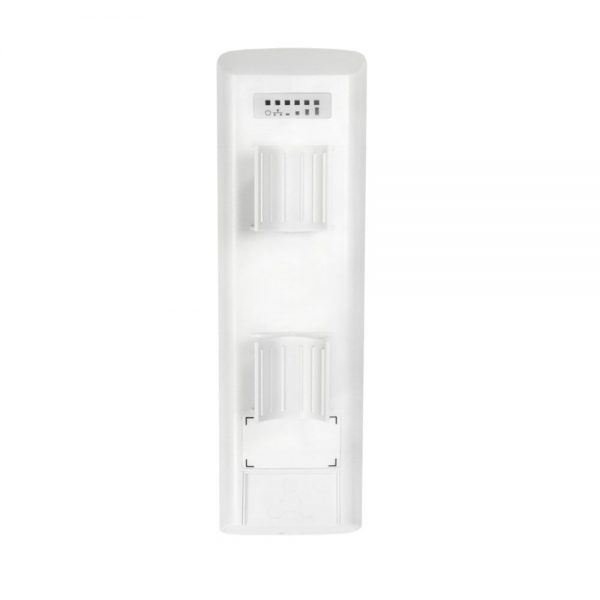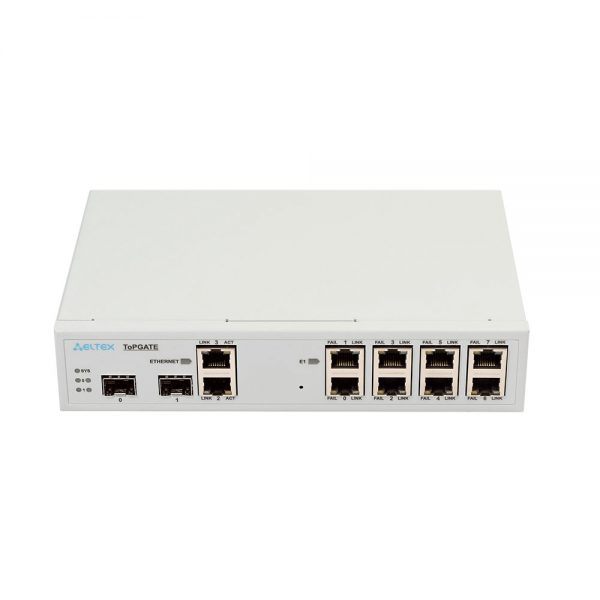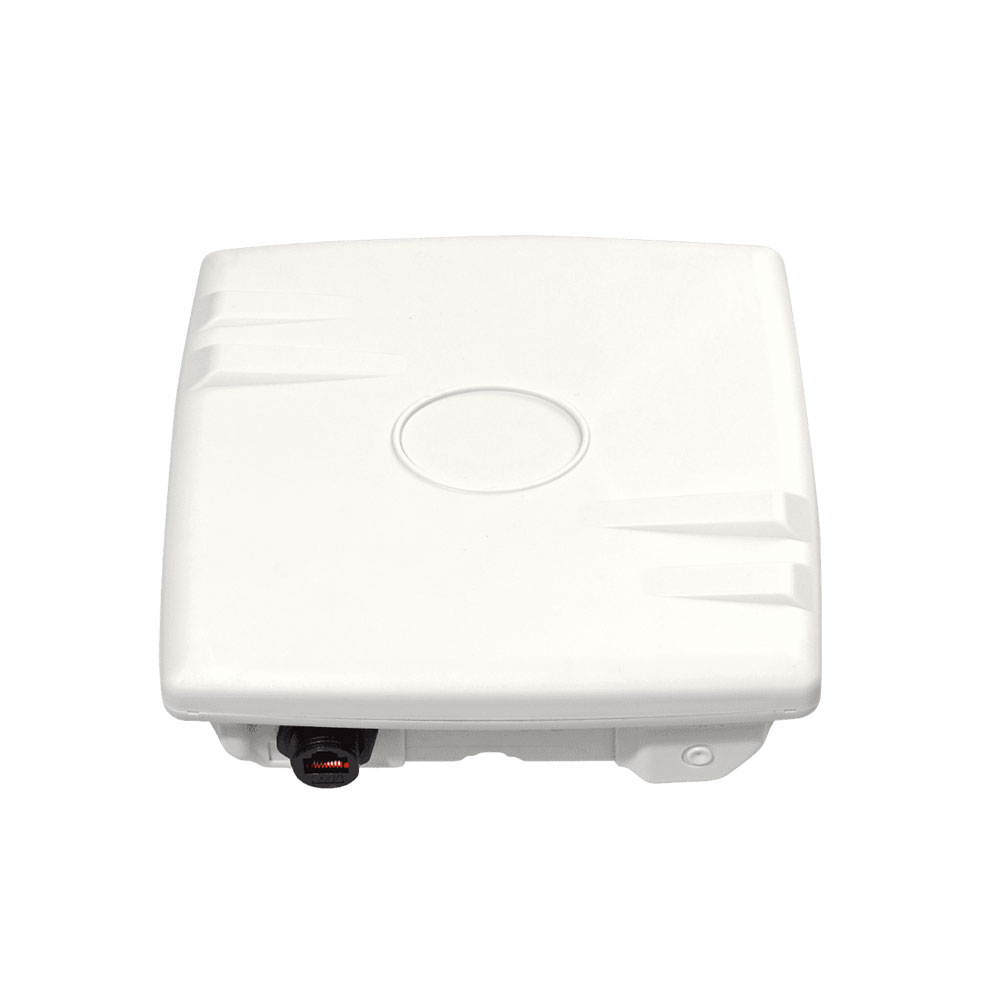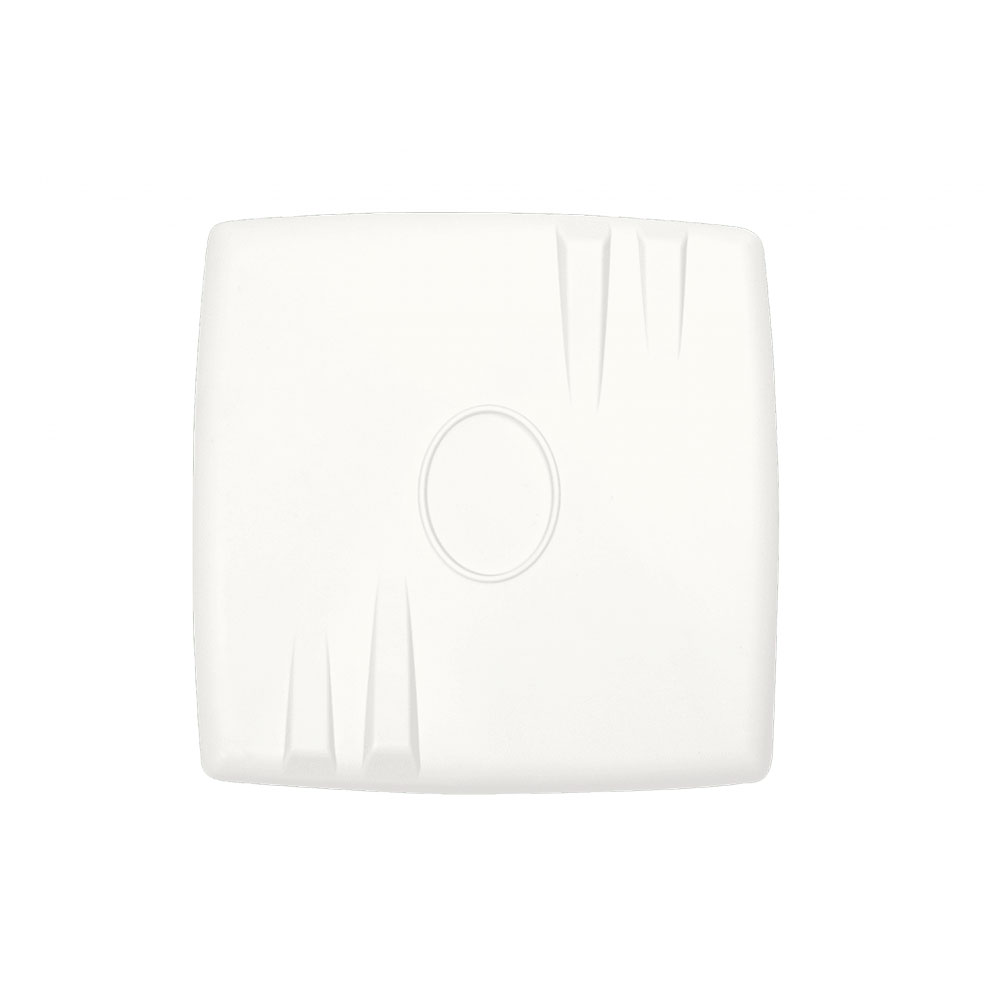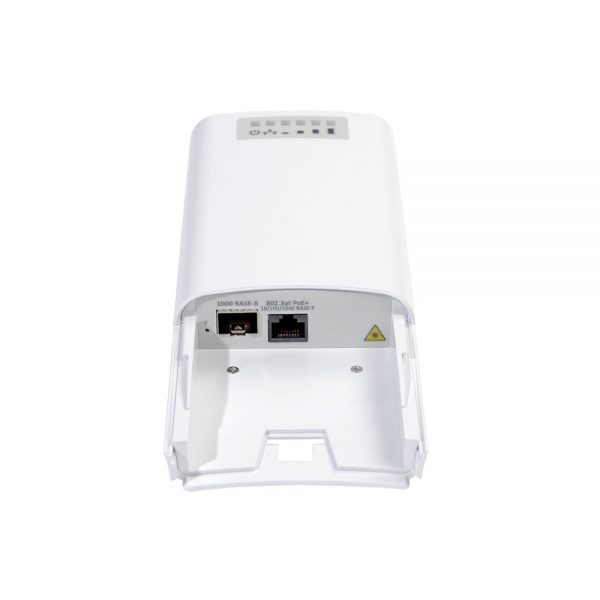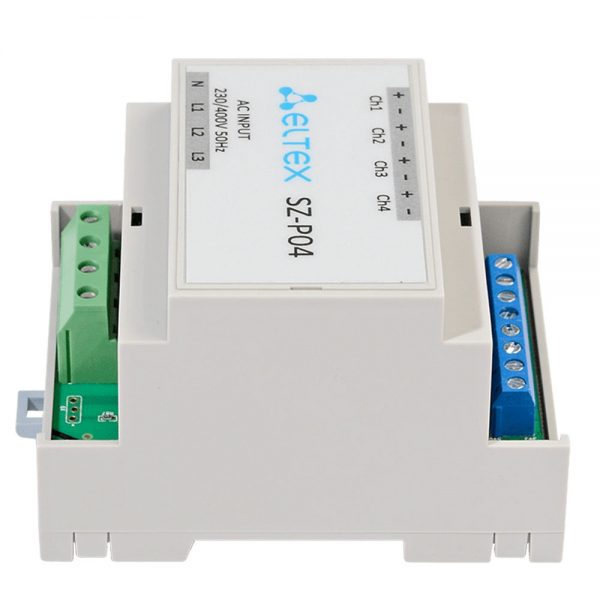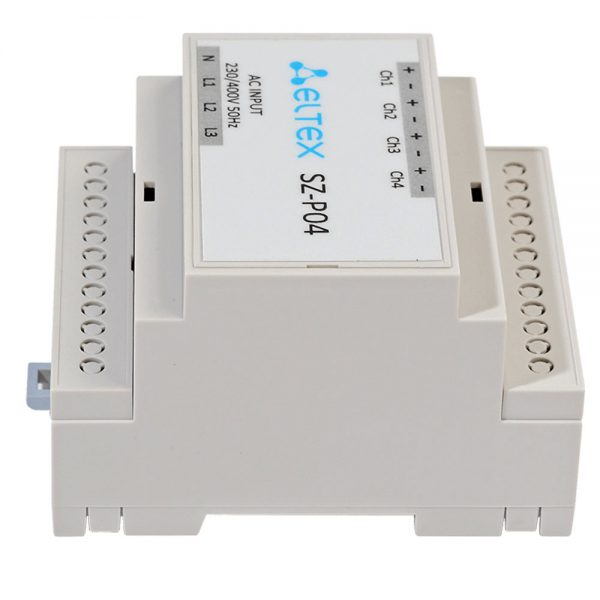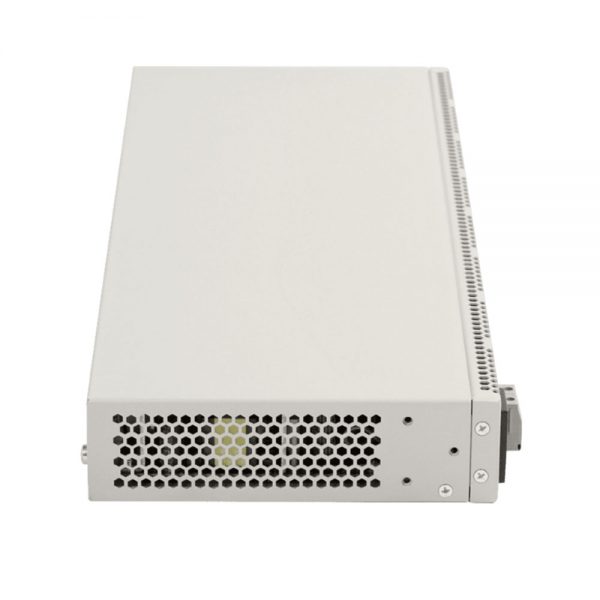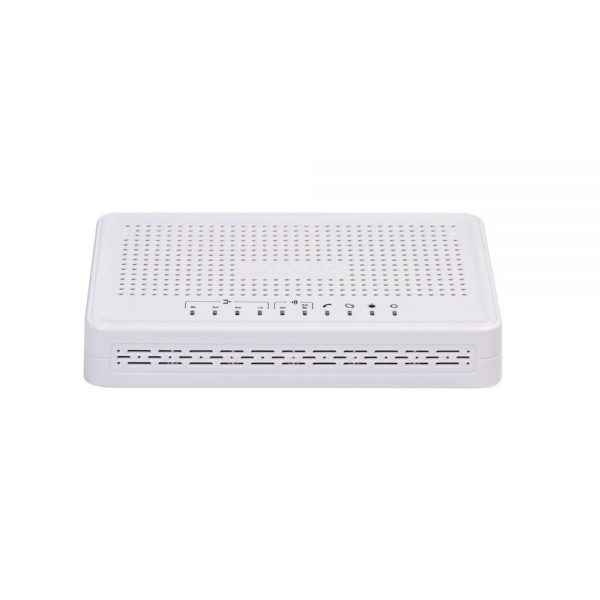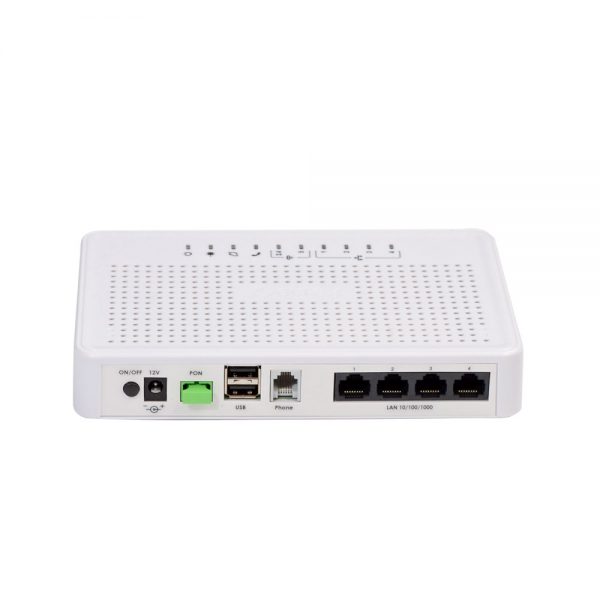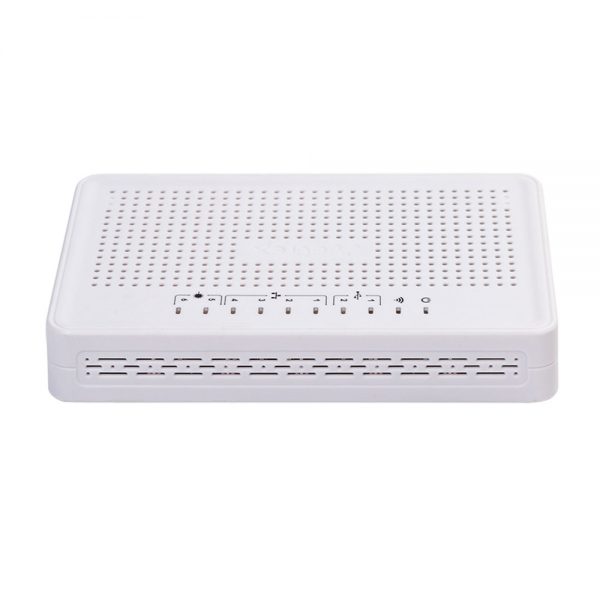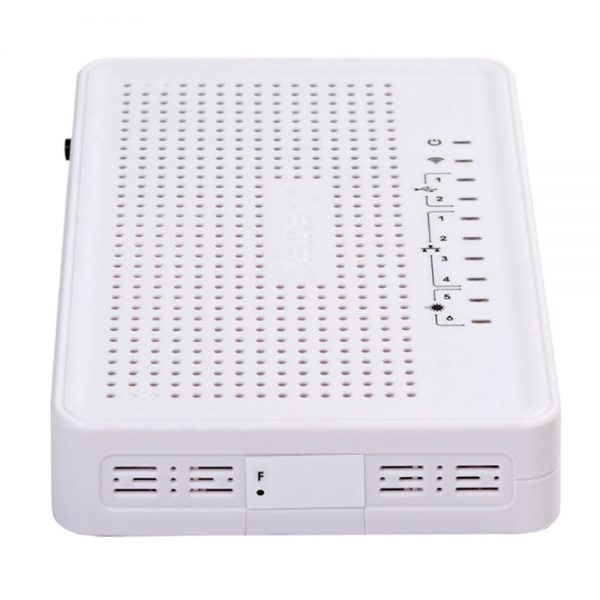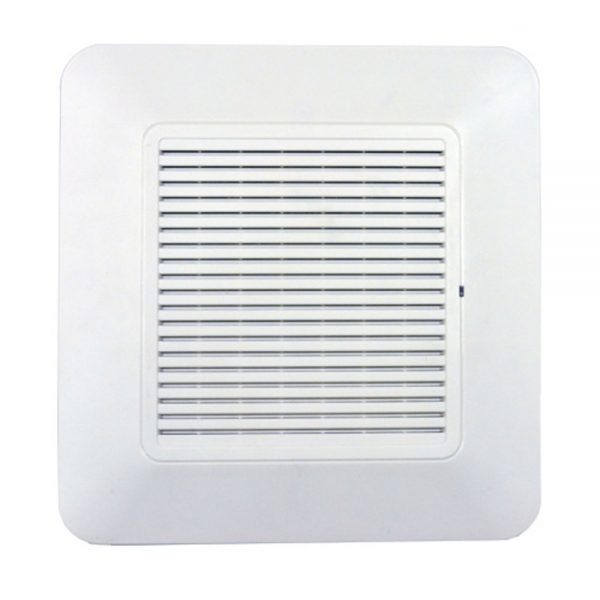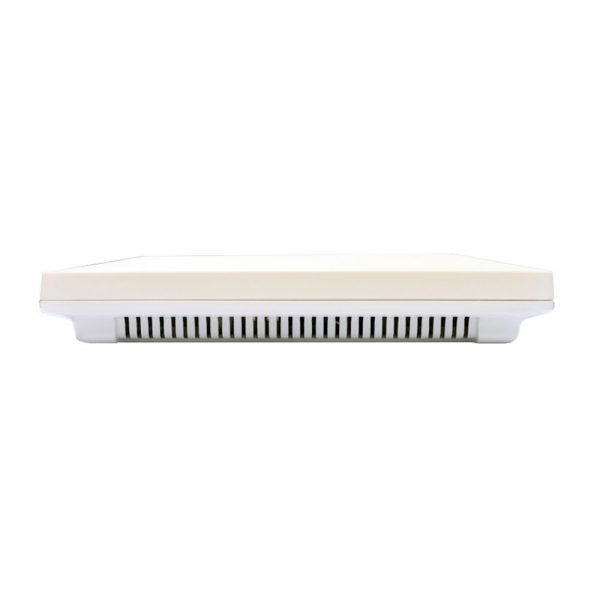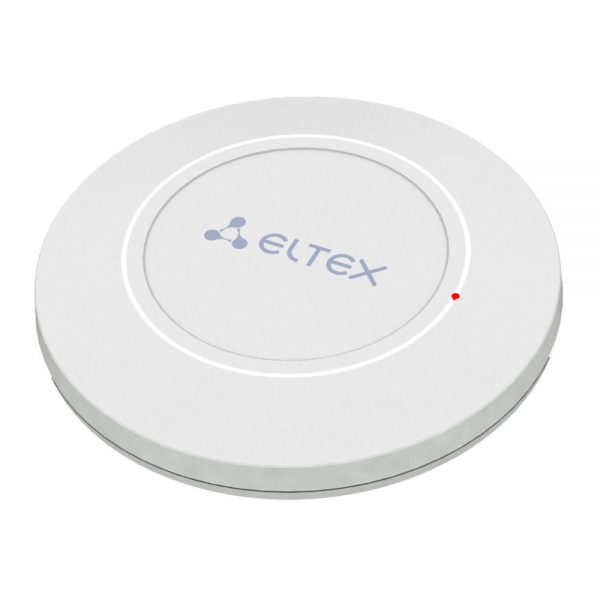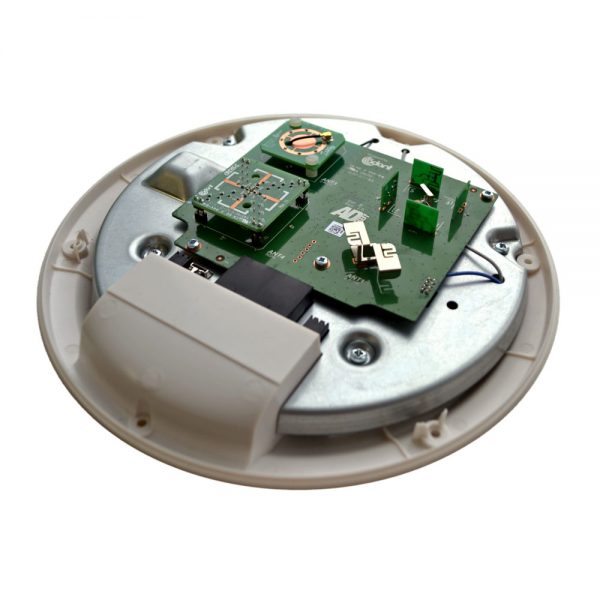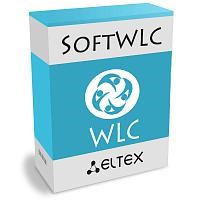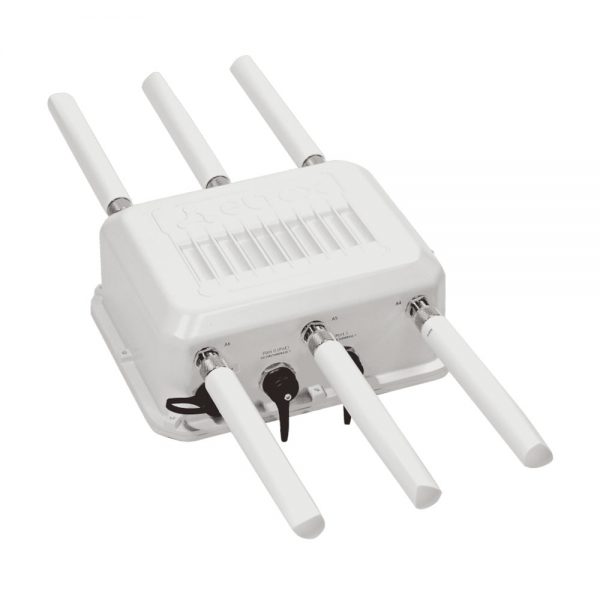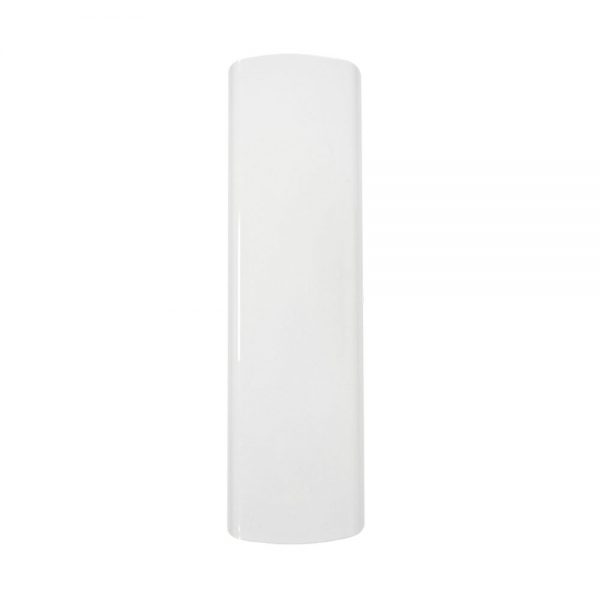Interfaces
- WLAN: IEEE 802.11a/n/ac
- LAN: 1 port of Ethernet RJ-45 10/100/1000BASE-T
- Service Wi-Fi 2.4 GHz 802.11b/g/n (interface of areal reach for beam alignment and device adjustment while installation)
WLAN capabilities
- Support for IEEE 802.11a/n/ac
- Data aggregation, including A-MPDU (Tx/Rx) and А-MSDU (Rx)
- WMM-based priorities and packet planning
- Automatic scanning of neighboring access points channels
- Support for APSD
Wireless interface parameters
- Frequency range: 5180–5320 MHz, 5500–5825 MHz
- Modulations: BPSK, QPSK, 16QAM, 64QAM, 256QAM
- Bandwidth: 20, 40, 80 MHz
Operating channels:
- 802.11a/n/ac: 36-64 (5180–5320 MHz),
100-144 (5500–5720 MHz),
149-165 (5745–5825 MHz)
Data rate¹
- 802.11ac: 867 Mbps
Receiver sensitivity
- 5 GHz: up to -94 dBm
Maximum power of the transmitter
- 5 GHz: up to 27 dBm
Network features
- VLAN Trunk
- Management VLAN
- General VLAN
- Static routing
- Time synchronization via NTP
- Support for PPPoE client
Security
- Centralized authorization via RADIUS server (WPA/WPA2 Enterprise)
- WPA/WPA2 encryption
- 64/128/152-bit WEP encryption of data
Configuring
- Firmware update and configuration via DHCP-autoprovisioning, TR-069
- Remote management via Telnet, SSH
- Web interface
Physical characteristics
- Maximum power consumption 14 W
- Realtek 520 MHz processor
- RAM 128 MB
- Flash 16 MB²
- Power supply: PoE+ 48V/54V (IEEE 802.3at-2009)
- Operating temperature: from -30°С to +65°С
- Operating humidity: up to 80%
- Dimensions (WхHхD): 185x185x65 mm
- IP58 protection class
- Telecommunication mast mounting
¹ The maximum wireless data rate is defined according to IEEE 802.11n/ac standard. The real bandwidth can be different. Conditions of the network, environment, the amount of traffic, building materials and constructions and network service data can decrease the real bandwidth. The environment can influence on the network coverage range.

